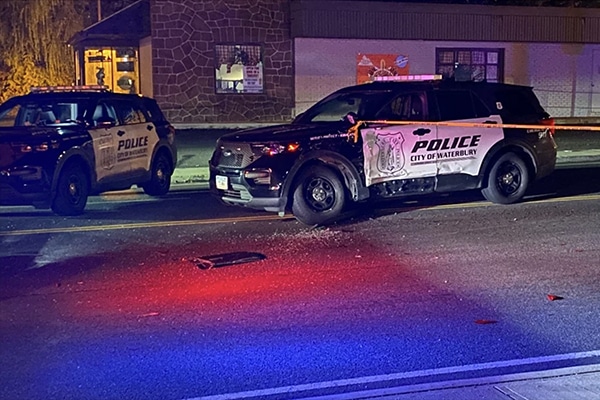POLICE RADIO CODES AND POLICE 10 CODES: THE DEFINITIVE GUIDE
Police agencies use 10 Codes to verbally communicate efficiently. The word ten (10) indicates the next number or numbers is code. These codes are widely used throughout the United States and are listed below.

POLICE CODES: THE DEFINITIVE LIST
- Code 1: Respond at your convenience (no lights or sirens)
- Code 2: Respond with lights and siren, but not necessarily at full speed
- Code 3: Respond immediately with lights and siren at full speed
- Code 4: No further assistance is needed, the situation is under control
- Code 5: Stakeout
- Code 6: Out of vehicle, investigating
- Code 7: Lunch break
- Code 8: Fire alarm
- Code 9: Traffic signal malfunction
- Code 10: Bomb threat
- Code 11: Animal control issue
- Code 12: Graffiti
- Code 13: Weather and road report
- Code 14: Escort
RELATED: 10-4 Meaning & CB 10 CODES
POLICE 10 CODES: THE DEFINITIVE LIST
- 10-1: Poor reception
- 10-2: Good reception
- 10-3: Stop transmitting
- 10-4: Affirmative, message received
- 10-5: Relay message
- 10-6: Busy, stand by unless urgent
- 10-7: Out of service
- 10-8: In service
- 10-9: Repeat the message
- 10-10: Negative, do not proceed
- 10-11: Possible assault
- 10-12: Stand by
- 10-13: Weather and road report
- 10-14: Prowler report
- 10-15: Civil disturbance
- 10-16: Domestic disturbance
- 10-17: Meet the complainant
- 10-18: Urgent
- 10-19: Return to station
- 10-20: Location
- 10-21: Call by phone
- 10-22: Disregard
- 10-23: Arrived on scene
- 10-24: Assignment completed
- 10-25: Report in person
- 10-26: Detaining suspect
- 10-27: Driver’s license information
- 10-28: Vehicle registration information
- 10-29: Check for wanted or stolen
- 10-30: Unnecessary use of radio
- 10-31: Crime in progress
- 10-32: Person with gun
- 10-33: Emergency
- 10-34: Riot
- 10-35: Major crime alert
- 10-36: Correct time
- 10-37: Suspicious vehicle
- 10-38: Stopping suspicious vehicle
- 10-39: Urgent – use lights and siren
- 10-40: Silent run – no lights or siren
- 10-41: Beginning tour of duty
- 10-42: Ending tour of duty
- 10-43: Information
- 10-44: Permission to leave
- 10-45: Dead animal removal
- 10-46: Assist motorist
- 10-47: Emergency road repair
- 10-48: Traffic standard repair
- 10-49: Traffic light repair
- 10-50: Accident
Whether it’s responding to a robbery in progress, issuing a traffic citation, or coordinating with other agencies, the use of police codes and 10 codes remains an important tool for law enforcement officers to communicate quickly and efficiently while on the job.
Follow Useless Knowledge on Instagram for more amazing facts.
If you enjoyed this Useless Knowledge post, you should check out America’s First Police Car was Electric
Have you got a Useless Question you’d like us to answer? If so, let us know by emailing us at [email protected].